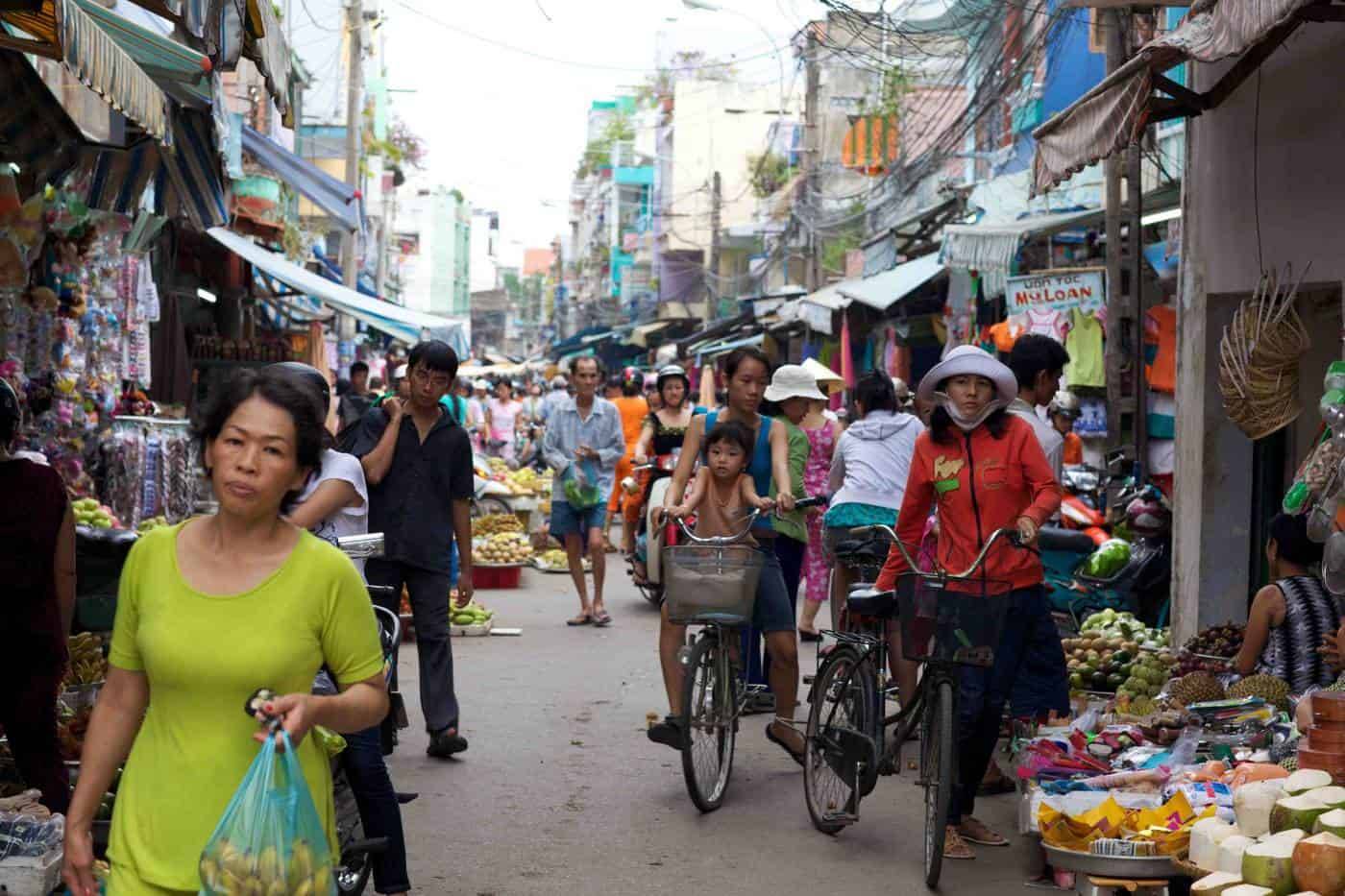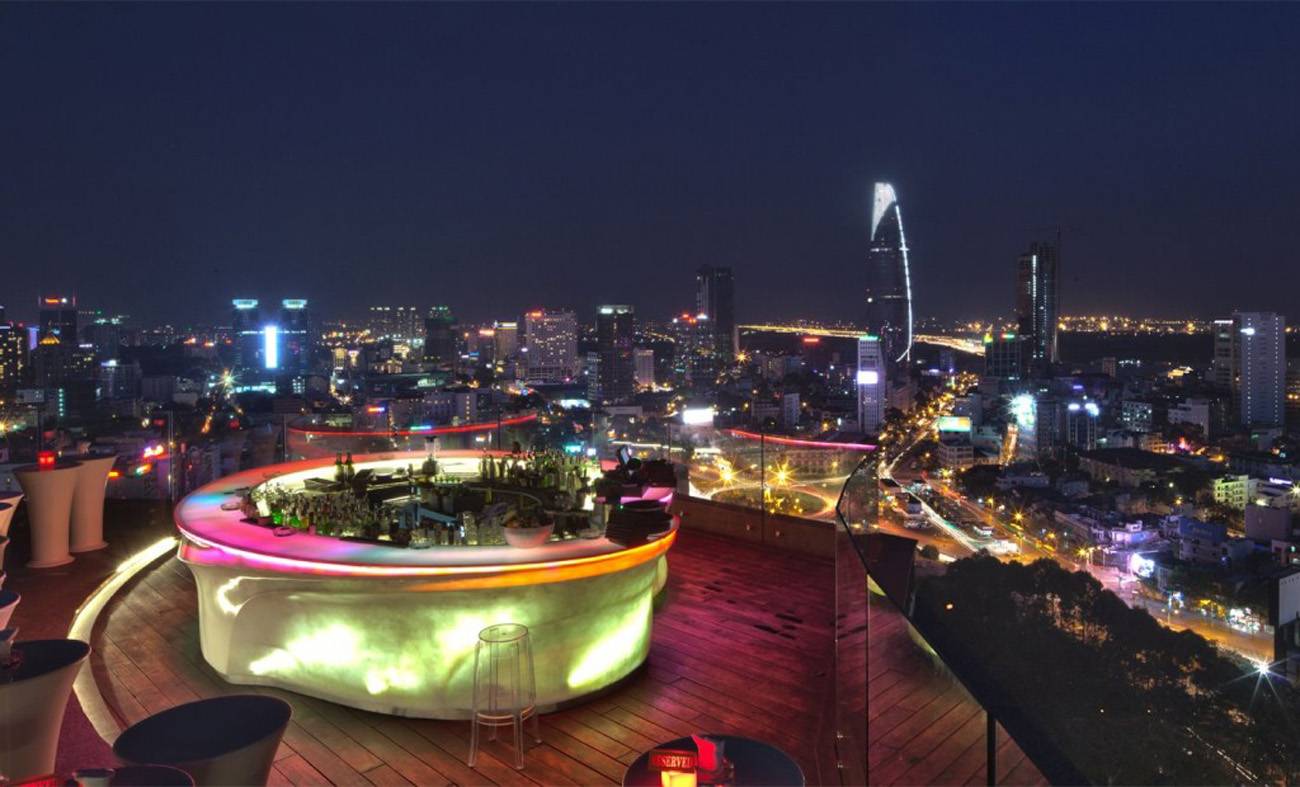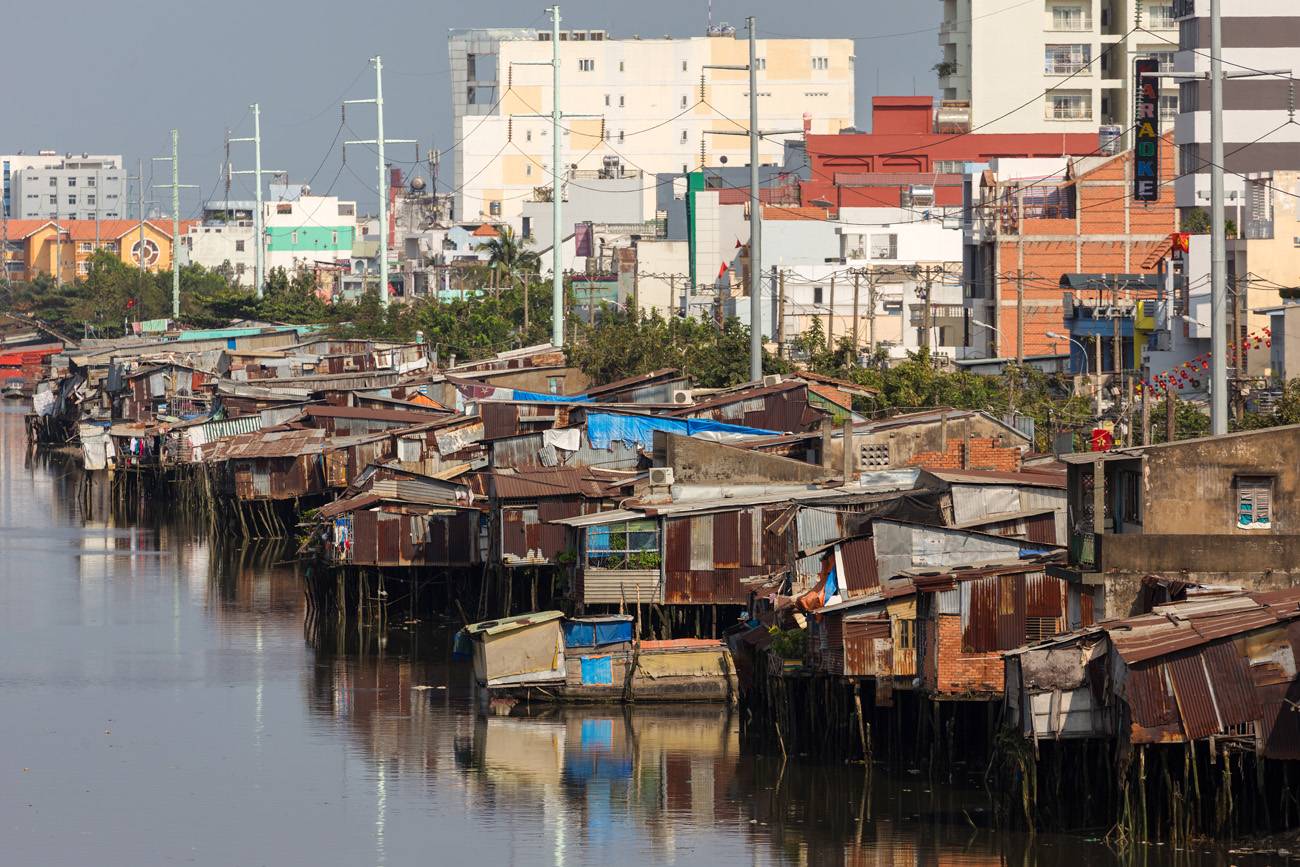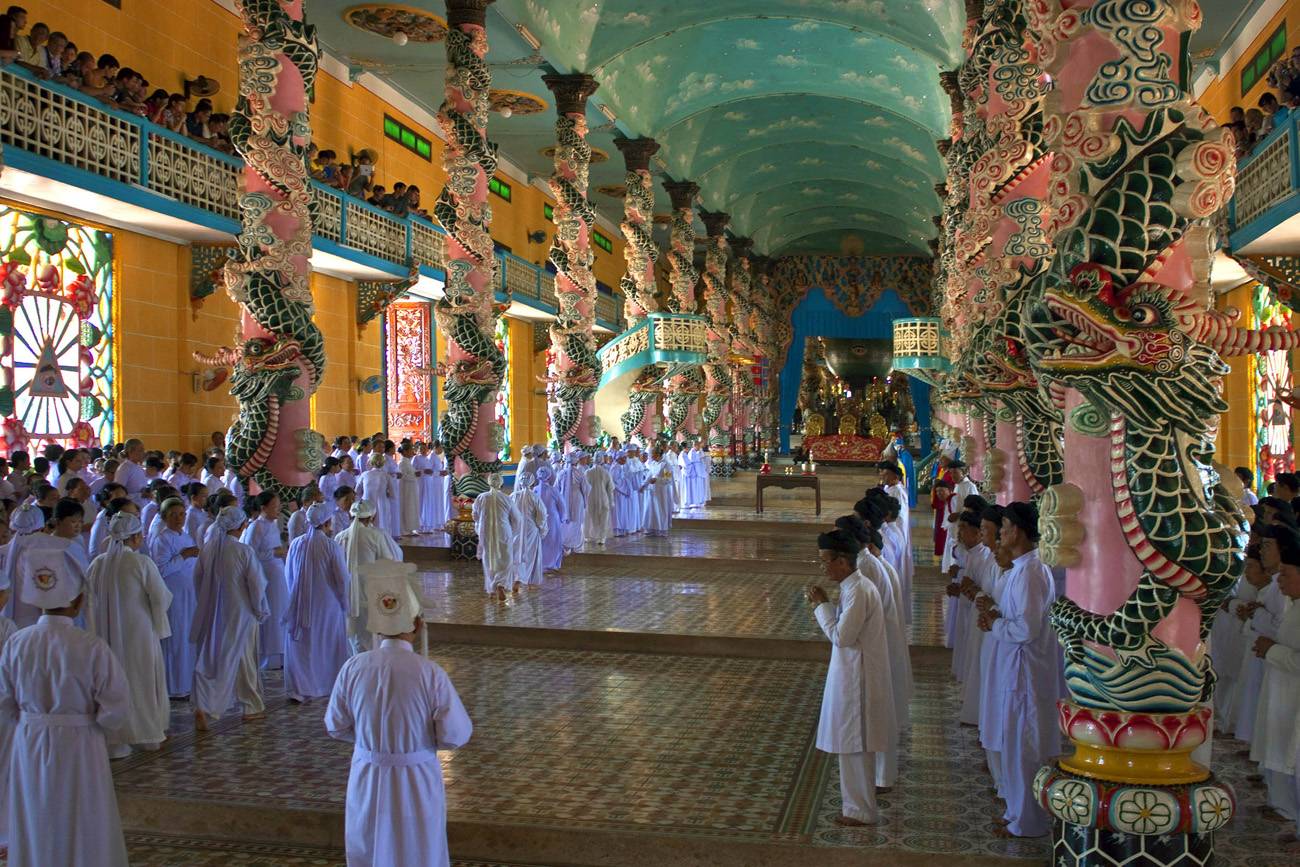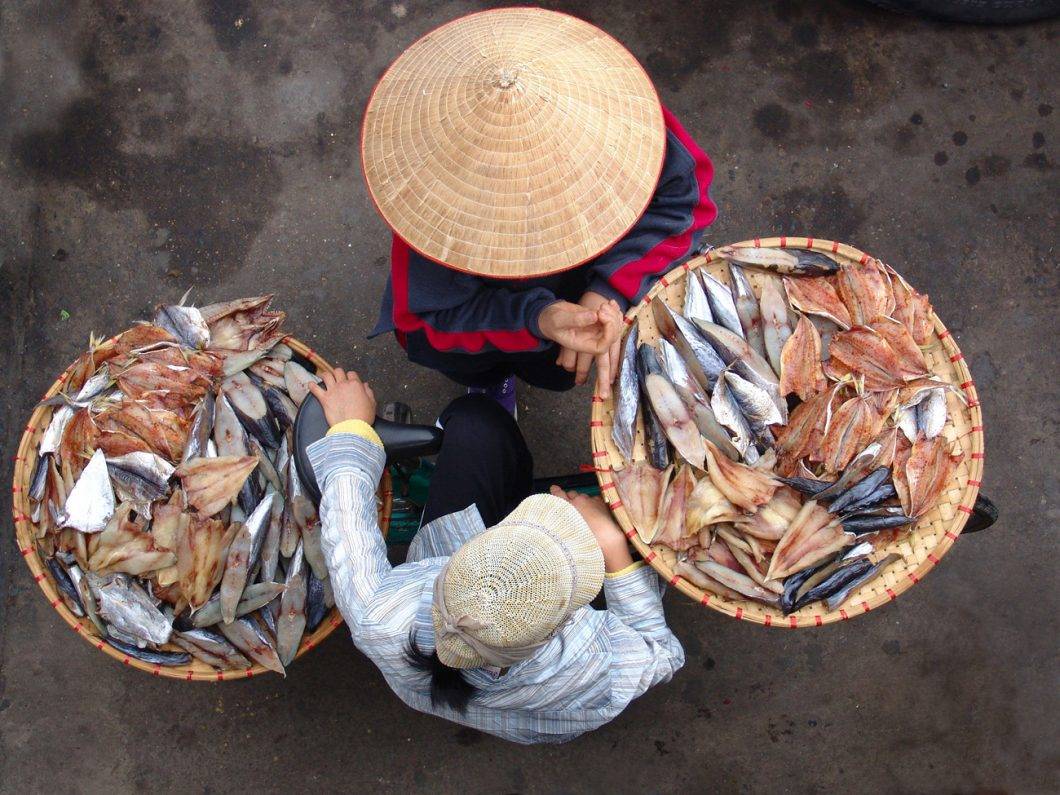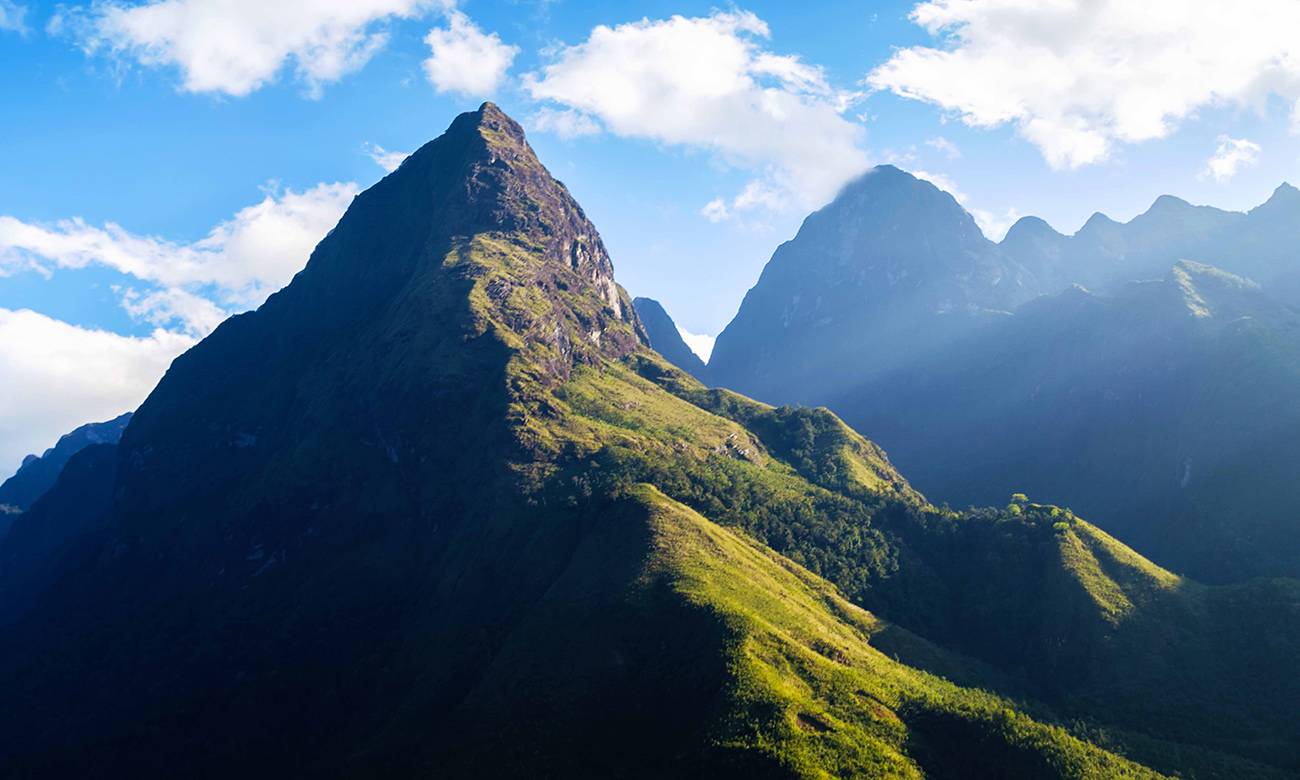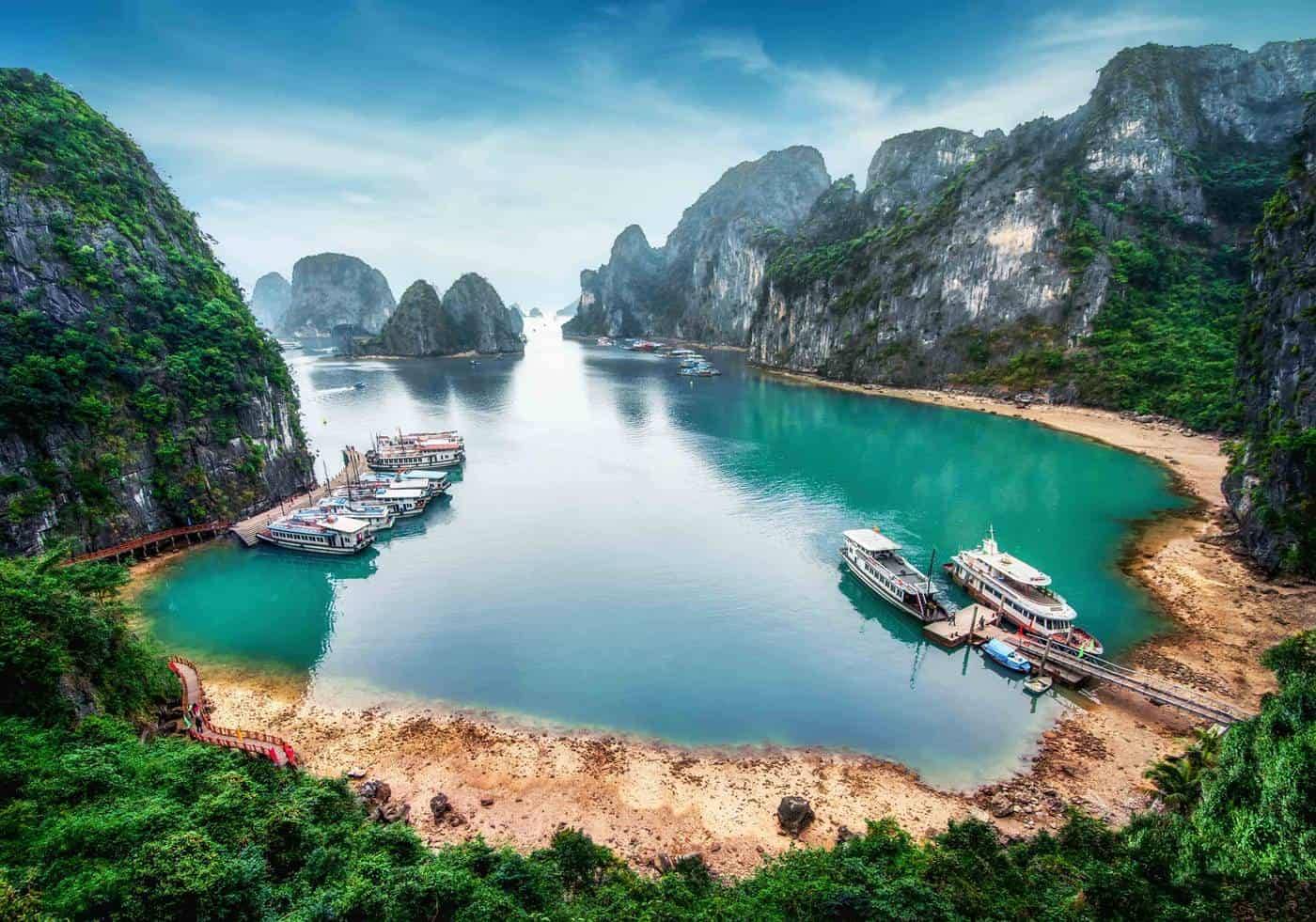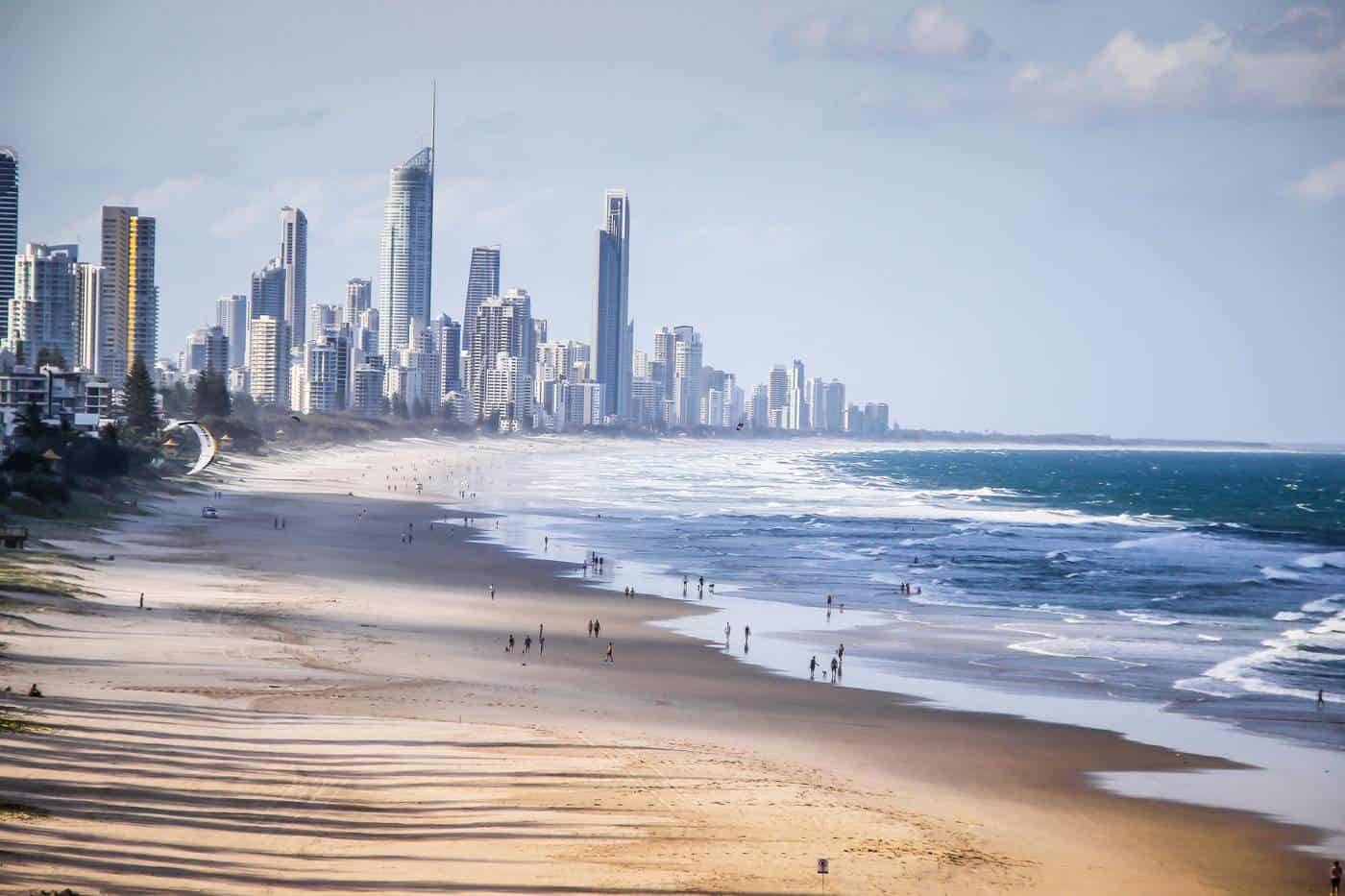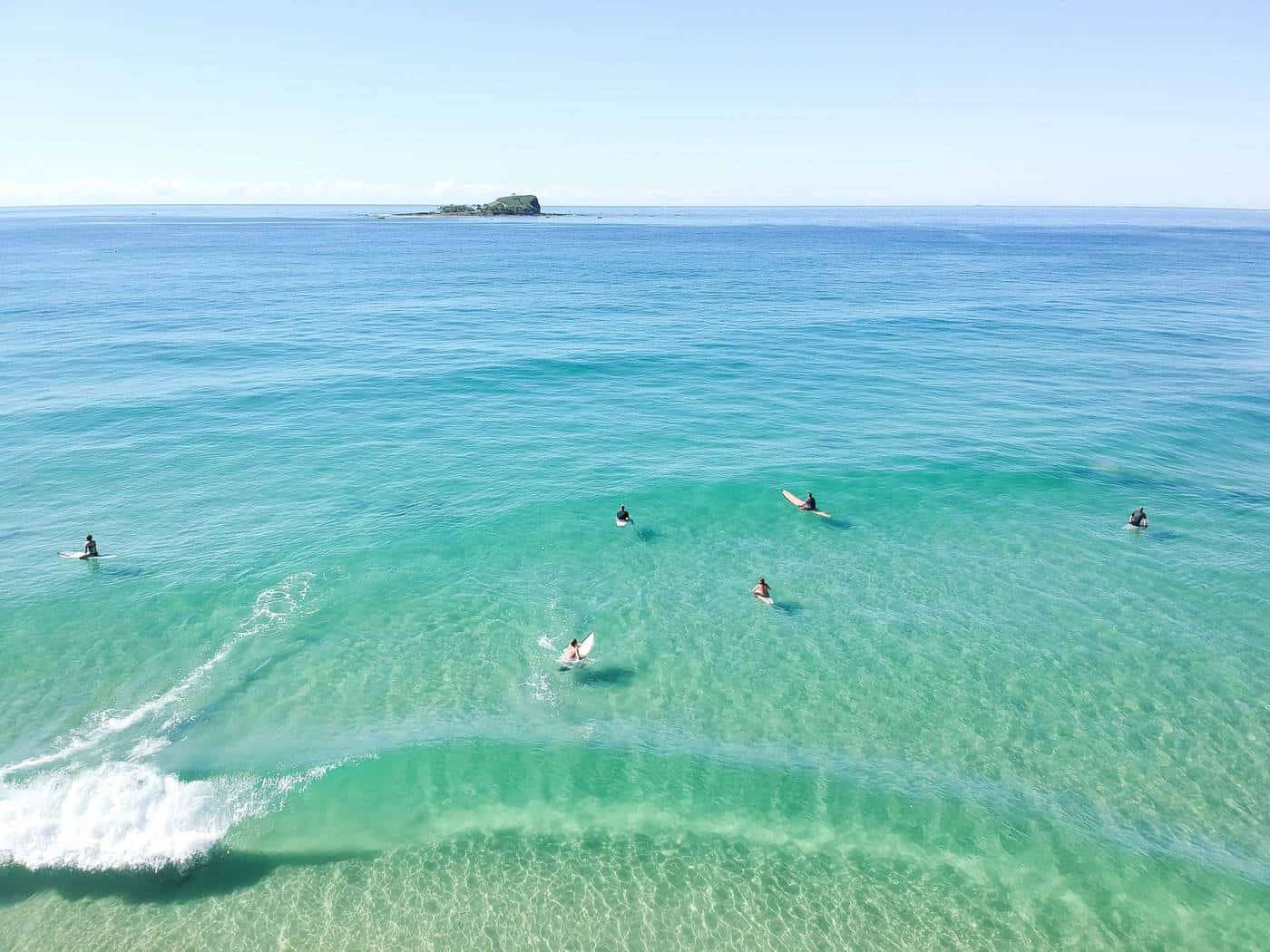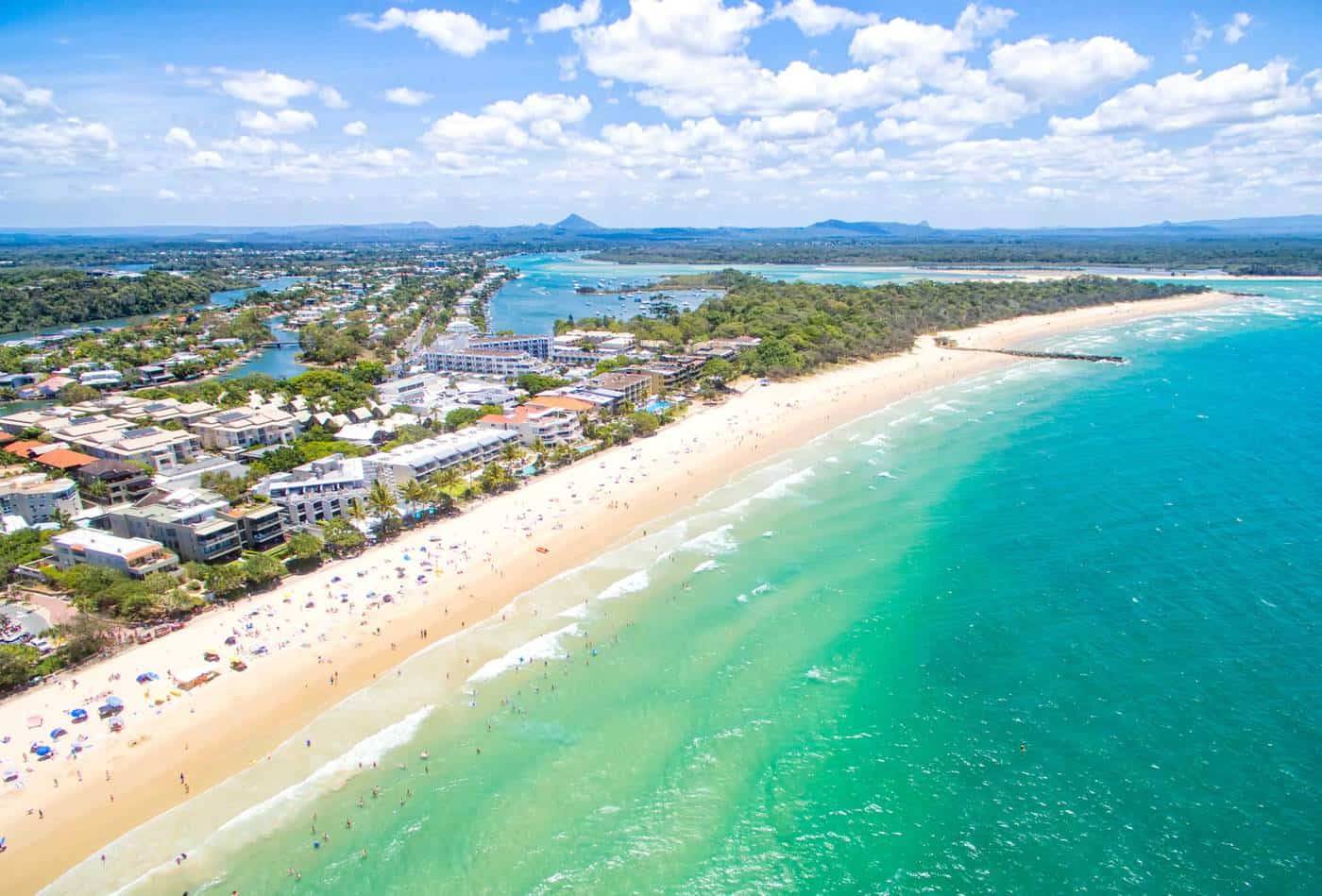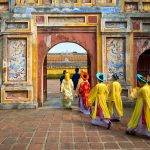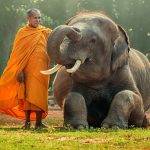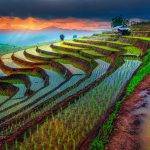
VISIT SAIGON ‘THE PEARL OF ORIENT’
Formerly known as Saigon, the metropolis was renamed Ho Chi Minh City in 1976, a year after the communists rolled through the gates of the Presidential Palace and took control of the city. Happily, however, the evocative old name lives on. The city`s central District 1 is proudly referred to as Saigon amongst the locals and visitors. But one should always be careful of using the right term for the city. In official documents and when dealing with authorities, the name Ho Chi Minh is always to be mentioned.
THE CHARACTER OF SAIGON
The city of Ho Chi Minh is divided into 18 districts, though tourists hardly get to go past districts 1, 3 and 5. The central area is called District 1 and it nestles in the hinge formed by the confluence of the Saigon River with the silty Ben Nghe Channel, which is traditionally the French Quarter.
Don Khoi is the backbone, and with Le Duan street where most of the city`s museums and colonial remnants are scattered, it forms the T-shape – the tourist hotspot. Except for Cho Lon – the frenetic Chinatown – the city does not carve up into homogeneous districts, so visitors have to do a dot-to-dot between sights. These are almost invariably places that relate to the Vietnam War, but there are many religious sights to see, as well.
WHAT TO DO & SEE IN SAIGON
RENT a bicycle (or a motorbike if you are an advanced rider) and take the ride of your life through the busy streets of Ho Chi Minh if you dare.
STROLL through the crisscross streets of the Central District 1. Visit some of the most important historic sites and learn about the intense Vietnamese past.
There is Ho Chi Minh City Museum, where you can get to know about the French and American occupation era, Reunification Palace with an absorbing library and a projection room and a replica of the tank standing just inside the entrance serves as a reminder of the victory and The History Museum with the Botanical Gardens and Water Puppetry Theatre.
FLAG DOWN a Cyclo and explore the bustling Cho Lon – the Chinese-Cantonese Quarter of Saigon. The Chinatown of The Ho Chi Minh City is a remarkable district, which will take visitors back in time when Vietnam for ruled by the Chinese Dynasties. The full-tilt mercantile mania here is incredible.
The market corridors are abuzz with stalls offering everything from dried fish to pottery and cheap souvenirs. The area has got excellent food markets and this is the best spot to try some of the Vietnamese goodies.
NOTE The totally best time to visit Cholon is the Chinese New Year – one of the world`s best cities where to witness this spectacular event.
SNIFF around the local markets along with hordes of young people and browsing the sumptuous shops in Dong Khoi, which is the main shopping district in Saigon. The French legacy is quite evident here and nowhere else in Vietnam you get to see as many luxurious boutiques and shopping malls as in the Ho Chi Minh City.
Besides, visitors can feast their eyes in the fine shops selling a good quality silk, ceramics, carved marble, lacquerware and coffee.
DRESS UP and go fancy. Sip on the refreshing local cocktails and enjoy the cool breeze at the posh Ho Chi Minh` s rooftop bars. The views are spectacular indeed!
SEE the War Remnants Museum for a graphic depiction of the impact of US military action from the point of view of “the other side”. The War Remnants Museum is one of the most popular attractions in Saigon. It exhibits speak for themselves, a distressing compendium of the horrors of modern warfare.
Particularly, the section displaying the consequences of “Agent Orange” (The powerful mixture of chemical defoliants used by U.S. military forces during the Vietnam War, with the horrendous aftermath, causing serious health damage such as birth defects and cancer) is extremely moving.
PAY A VISIT to some of the religious sites of Saigon such as Jade Emperor Pagoda – the sanctuary for all Buddhists and Taoists, Saigon Central Mosque – built by South Indian Muslims, Saigon Mariamman Temple – a beautifully sculpted Hindu temple, or Saigon Notre-Dame Basilica – a charming cathedral established by French colonists, the choice is yours.
TAKE a sunset Saigon River Boat Tour to witness the stark contrasts of Ho Chi Minh City. On one side the illuminating skyscrapers and prominent nightclubs, and on the other one, the overwhelming view of slums along the Saigon canals.
The cruises usually offer 2.5-hour tours around the city, providing a traditional Vietnamese barbecue and informative commentary from an expert guide.
HAVE a look inside the Cao Dai Temple and feast your eyes on the wonders of its assorted architectonic elements. The extraordinary site of the Cao Dai Temple and Cao Dai Holy See is a melting pot of different religions. It presents a wonderful blend of Buddhism, Taoism, Confucianism, Islam and Christianity. It was built by the spiritualist Ngo Van Chieu, who believed in a universal god.
SQUEEZE yourself into the remarkable network of secret underground tunnels of Cu Chi, which were an essential tool to the Viet Cong in winning the Vietnam War. The Cu Chi tunnels are a relatively modern, man-made phenomenon, but their fame, deservedly, is worldwide. They are an outstanding symbol of the dogged determination of the Vietnamese desire to be free of Western colonists.
Originally, thought of as hiding places for arms and ammunition, but soon they became homes to the Vietnamese soldiers. The tunnels were dug to as many as four levels and were not only living quarters for the fighters, who often had to spend several weeks in the ‘darkness’, but also functioning underground hospitals, kitchens, classrooms, theatres and cinemas.
TRAVEL TIPS
Suggested time to explore Ho Chi Minh City and its surrounds is 3-5 days
Optionally, you might also want to include the Mekong Delta if desirable – 2-3 extra days
WHEN TO TRAVEL
The best time to visit the south of Vietnam is between November and April, however, it gets extremely hot at this time of year. During the winter months, October-January, the rainfall increases and it is also the typhoon season.
HOW TO GET THERE
Fly to Ho Chi Ming/Saigon
For all international flights check out www.skyscanner.com or www.momondo.com




